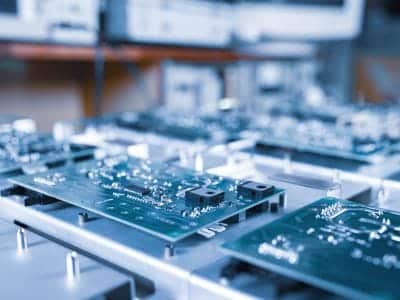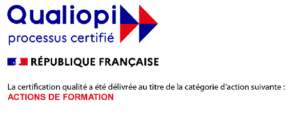
Included in Day 3 if this training is given in Pessac: Visit to a board assembly workshop (SMT, through-hole (PTH), manual soldering).
Basic knowledge of board assembly.
AQF quality engineers, product managers, auditors, project managers, engineers, assembly process technicians… This training course is specific to assemblers, and focuses on materials and process control.
Process project manager.
Projection and printed copies of Powerpoint presentations, practical case studies, exercises, situational examples, theoretical examples, video materials, etc.
Evaluation at the beginning and end of the course, quiz…
5 working days before the start of the course (if OPCO funding).
A training certificate complying with the provisions of Article L. 6353-1 paragraph 2 is issued to the trainee.
2024 :
Satisfaction rate: 98%
Number of sessions: 7
Number of trainees: 31

I subscribe to the training newsletter
Sign up for
our newsletter
© 2024 SERMA GROUP – Terms and Conditions – Data protection policy
Télécharger le catalogue de formation SERMA
Download the SERMA training catalog